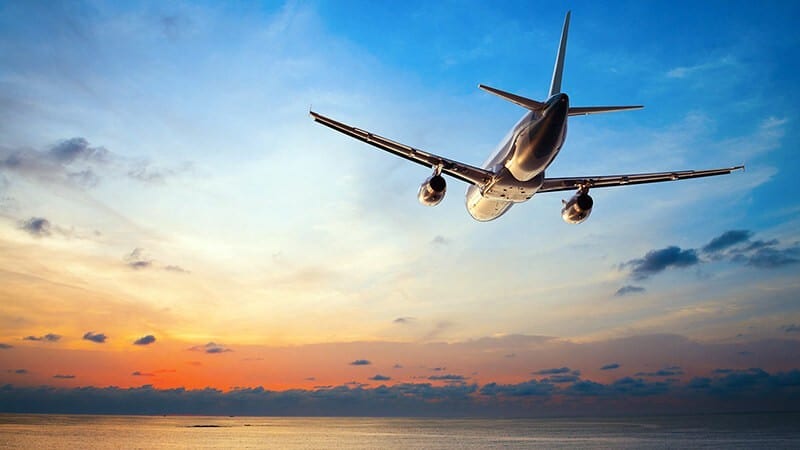
Passenger number through Vietnamese airports reached more than 81 million in the first 10 months of this year, the Civil Aviation Authority of Vietnam reported.
The number is forecast to increase to 100 million by the end of 2022, equivalent to about 80 percent of 2019’s figure.
At the same time, rapidly increasing flights were seen for the upcoming Lunar New Year as local airlines raced to increase 1.7 million seats to supply, according to the authority.
Though the domestic market has experienced high growth, the international market has only recovered about 50 percent as travel firms perk up as foreign tourists prepare winter escape in Vietnam, according to local media.
Things are looking up in the inbound tourism market with travel firms bustling to bring groups of foreign tourists to Vietnam during the year-end season. Luxury cruise tours for this month and the next are fully booked and the customers are mainly from the U.S., Australia, India and Southeast Asia.
However, lack of international routes and unfriendly visa policies were still hindering Vietnam’s tourism recovery. Vietnam reopened its borders fully to foreign tourists in mid-March, travel firms are finding it hard to attract enough visitors due to strict visa policies, which only allow tourists to stay for up to 30 days on a single entry visa, the VNExpress reported.
Earlier, it was possible for tourists to get three-month multi-entry visas that enabled them to go in and out of the country freely during the period. Vietnam currently grants visa-free stays of 15-30 days to citizens from 24 countries.
According to experts, businesses in infrastructure transportation have experienced a strong recovery, while airlines and passenger transport suppliers still face many difficulties, including the cash flow imbalance triggered by the pandemic when their operations were mostly frozen.
